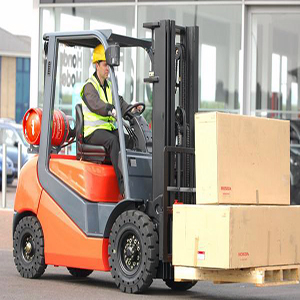Course Contents:
·
Operating
instructions, warnings, and precautions for the types of truck the operator
will be authorized to operate;
·
Differences
between the truck and the automobile;
·
Truck
controls and instrumentation: where they are located, what they do, and how
they work;
·
Visibility
(including restrictions due to loading);
·
Fork
and attachment adaptation, operation, and use limitations;
·
Any
vehicle inspection and maintenance that the operator will be required to
perform;
·
Refueling
and/or charging and recharging of batteries;
·
Any
other operating instructions, warnings, or precautions listed in the operator's
manual for the types of vehicle that the employee is being trained to operate.
·
Surface
conditions where the vehicle will be operated;
·
Composition
of loads to be carried and load stability;
·
Load
manipulation, stacking, and unstacking;
·
Pedestrian
traffic in areas where the vehicle will be operated;
·
Narrow
aisles and other restricted places where the vehicle will be operated;
·
Hazardous
(classified) locations where the vehicle will be operated;
·
Ramps
and other sloped surfaces that could affect the vehicle's stability;
·
Closed
environments and other areas where insufficient ventilation or poor vehicle
maintenance could cause a buildup of carbon monoxide or diesel exhaust;
·
Other
unique or potentially hazardous environmental conditions in the workplace that
could affect safe operation.






